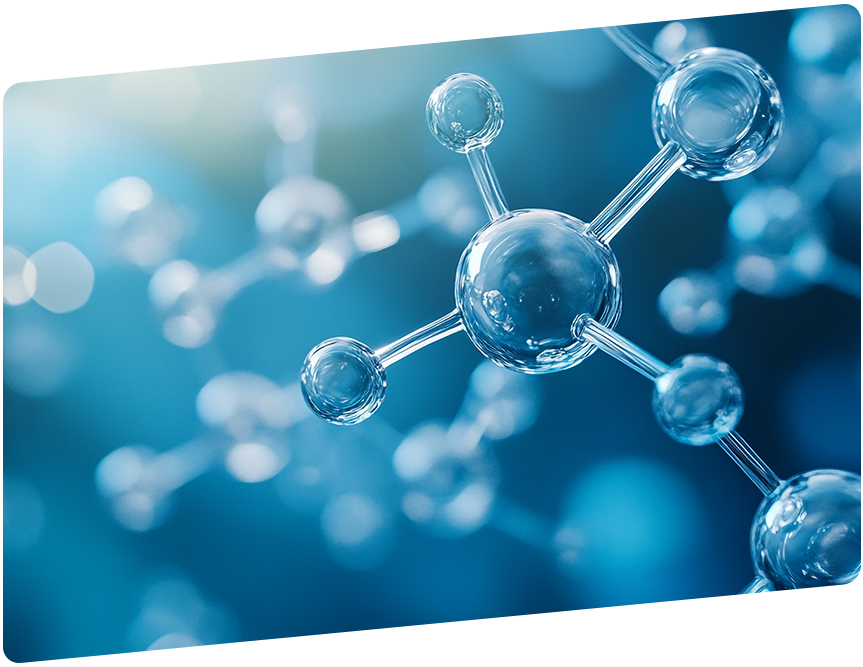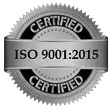Sequestering Agents
Sequestering agents are an essential yet often overlooked component in many industrial processes. These chemicals are crucial in product quality and performance across industries ranging from food and beverage to pharmaceuticals, personal care, and beyond. At Polyventive, we specialize in providing top-tier sequestering agents to enable companies like yours to achieve their goals. Learn more about how these vital chemicals can optimize your manufacturing operations.
Definition & Mechanism
Sequestering agents, also known as chelating agents, are substances that bind to and neutralize metal ions in solutions. This is called metal ion binding. They work by forming coordinated bonds with metals, preventing them from reacting and causing undesirable effects. For example, metals like iron and copper can catalyze oxidation reactions, leading to faster spoilage and degradation of products.
Sequestering agents bind these free metal ions, rendering them inactive and unable to participate in chemical reactions that compromise quality. This allows products to maintain freshness longer and prevents color, taste, and smell changes. Sequestering is critical for industries dealing with water treatment, food and beverages, industrial cleaning, textiles, and more. These agents lock up metals, optimizing manufacturing processes and maximizing product shelf life.
Types of Sequestering Agents
There are several categories of sequestering agents utilized in industrial applications:
Aminocarboxylic Acids
Aminocarboxylic acids like EDTA (ethylenediaminetetraacetic acid) and DTPA (diethylenetriaminepentaacetic acid) are widely used due to their versatility and ability to bind a broad range of metal ions. Their carboxylic acid groups form strong complexes with common metals including calcium, magnesium, iron, copper, and more.
Phosphates
Phosphates such as sodium hexametaphosphate strongly sequester calcium and magnesium ions. They prevent soap scum formation and mineral scale buildup, making them ideal for use in detergents, water treatment, and industrial cleaning applications.
Polyacrylates
Polyacrylates are polymeric sequestrants that offer excellent calcium, magnesium, and iron sequestering ability over a wide pH range. Their superiority at higher pH makes them well-suited for alkaline detergents and cleaning formulations.
Organophosphonates
Organophosphonates like HEDP (1-hydroxyethylidene-1,1-diphosphonic acid) are primarily used for water treatment applications due to their excellent capacity to sequester calcium and magnesium ions contributing to scale formation.
Natural Sequestering Agents
In addition to synthetic options, some natural organic compounds extracted from plants can function as sequestering agents. These include substances like gluconates, heptonates, citrates, and tartrates.
Polyventive offers a wide range of sequestering agent products, including custom blending capabilities, to meet your specific formulation needs. Our expertise will help you identify the optimal sequestrant or blend for your unique requirements.
The acid dye technique allows for permanent, even dyeing while being gentle enough for delicate fibers like wool and silk. It’s easy to achieve stunning results at home!
Common Applications of Sequestering Agents
The applications of sequestering agents span across many critical industries:
Whether you’re tie-dyeing silk or refreshing old upholstery, acid dyes offer easy application and long-lasting light & washfastness.
Sequestering agents have become indispensable across many industries. Polyventive offers a complete range of sequestrants tailored to your unique needs so you can reap the benefits in your manufacturing processes.
Usage Instructions
Proper use of sequestering agents is critical to maximize their benefits. Always follow the dosage recommendations provided by your chemical supplier or formulator. Using too little may fail to adequately sequester metals, while excessive amounts could lead to precipitation or processing issues. Conduct testing to dial in the optimal dosage for your system.
Monitor key quality parameters that the sequestrant is intended to control. For example, evaluate tea or juice flavors over time when testing agents for food applications. Ensure adequate mixing and dissolution when adding sequestrants to your process. Uneven dispersion can reduce sequestering effectiveness. Consider adding them early during mixing cycles for best results.
Take safety precautions, such as wearing gloves and eye protection, when handling sequestering agents. Avoid skin, eye, and oral exposure. Review safety data sheets and follow recommended procedures. Maintain proper storage conditions, avoiding excessive heat, sunlight, moisture, or other environmental factors that could cause product degradation before use.
Adhering to good dosage, mixing, safety, and storage practices will help you maximize the value of Polyventive’s high-performing sequestering agents. Our chemists are always available to provide guidance and support as well.
When You Need to Purchase Sequestering Agents, Reach Out to Polyventive
Sequestering agents offer immense yet often unrecognized value across diverse industries, from enhancing product quality and equipment function to optimizing manufacturing workflows. At Polyventive, we leverage cutting-edge technology and decades of experience to deliver sequestrants with superior sequestering capability, efficiency, and quality.
We encourage you to explore how our broad range of aminocarboxylic acids, phosphates, polyacrylates, and specialty sequestering agents can enhance your specific application. We also offer many other products, including defoaming agents and optical brighteners.
Contact Polyventive today to learn more about the power of sequestration and how our solutions can help drive your business success through maximized process performance. Discover how a vital yet unseen component can make a world of difference.








